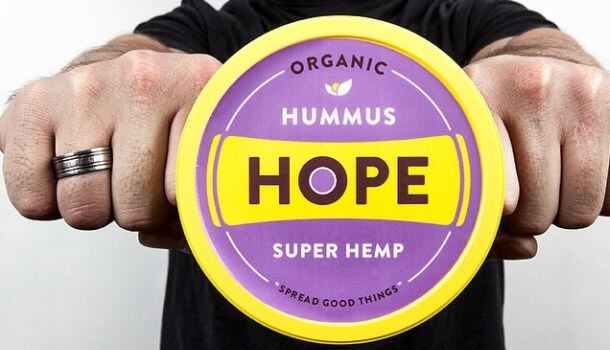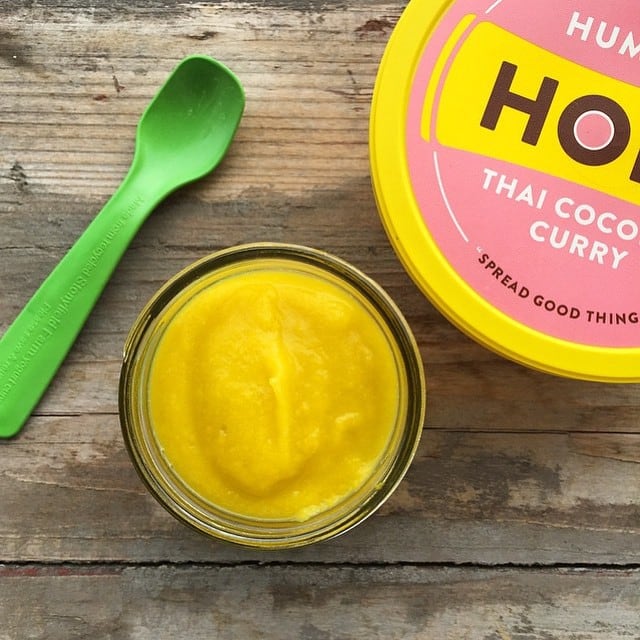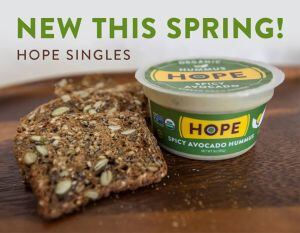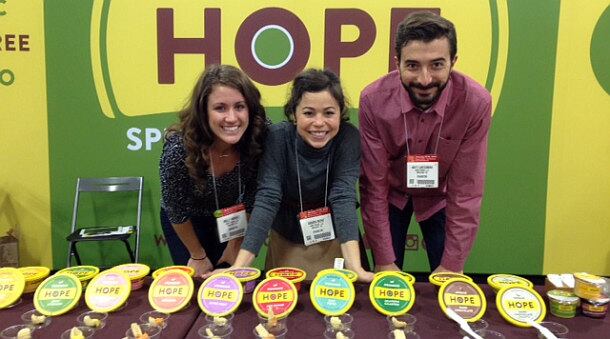HPP – whereby foods or beverages are put into a high-pressure chamber that is flooded with cold water and pressurized (thus the ‘cold-pressured’ moniker) in order to kill pathogens without heat - enables Hope Foods to produce hummus that tastes exactly like the stuff you’d make at home, with no preservatives, added flavors, or gums, and a shelf-life long enough to secure national distribution.
“If you make hummus in your house, especially if you’re adding avocado, you’re not going to make it in a blender and then walk over to the stove and heat it up [many leading hummus brands use heat pasteurization as a kill step],” marketing director Will Burger told FoodNavigator-USA.
“But that’s what everyone was doing, and that’s why the hummus everyone else was making [commercially] was tasting the same. We also didn’t want to use preservatives such as potassium sorbate.”
HPP revolutionized our product
He adds: “We started looking at HPP fairly early on as were growing really really fast and once you’re shipping a refrigerated product coast to coast, you have to have a longer shelf-life or you’re going to have issues with mold and other things. But we weren’t going to heat our products, so we invested in HPP, and it revolutionized our product.”

It was a risk – HPP is not cheap – but the gamble paid off for Hope Foods, which, unlike most small food companies, manufactures all of its products in-house, says Burger.
“From the beginning, we’ve wanted to be in control of our process, we didn’t want to be a sales and marketing company. While other people might outsource production and spend their money on big marketing campaigns, we invested in the product, and it speaks for itself.”
We keep pinching ourselves
If HPP has given the brand an edge in a category that’s one of the most dynamic in the grocery market, with double digit growth rates continuing even as the market matures, bold branding, innovative products and flavors, and its commitment to organic ingredients have also played a key part in its success, he says.
“We’ve grown tremendously. We started selling our products in the farmer’s market in 2011 in Boulder, and people loved it, especially the spicy avocado, which was our flagship product. Since then we’ve been averaging around 300% growth every year; moving from natural food stores to conventional channels, and now we’re in every state in the country.

“We keep pinching ourselves as it started just with a bunch of friends out of college making hummus.”
Retailers, he says, are allocating more space to hummus, and to organic products in particular, all positive signs for Hope Foods, which is organic, but also sports a cleaner label than rivals owing to its use of HPP.
On the product development front, meanwhile, the company has also stayed ahead of the game with innovative hummus flavors from Thai coconut curry (“a cult classic”), jalapeno cilantro, sriracha and super hemp to kale pesto; plus a move into an adjacent category with its lentil ‘superfood dips’.
Chocolate hummus…
However, the big gamble for 2015 are chocolate spreads minus the guilt-factor, which are made from garbanzo beans, coconut sugar, cocoa powder, cocoa butter, vanilla, sea salt, and espresso, creating a completely new food category.
(Each 28g serving contains 50 calories and 6g sugar, whereas an equivalent amount of Nutella has 150 calories and 16g sugar.)
While it’s still early days for the spreads – which debuted at the Winter Fancy Foods Show in San Francisco in January – early signs are encouraging, says Burger.

“When people try it, they love it, but the challenge is getting people to try it, and knowing where to position it. At the moment it is by the hummus and people kind of wonder what it is.”
But not everything the firm has touched has turned to gold, he acknowledges. “We did a sweet potato hummus, and while it had some loyal fans, it didn’t take off. We also experimented with hummus in tubes to make it something easier to eat on the go, but that didn’t really work, although we’re always looking at different packaging formats, so you never know [if some variation on this might emerge in future].”
Single serve products, which are ideal for coffee shops and the foodservice market, are also a big focus this year, he says.

Beyond chickpeas
While the hummus category is still dominated by Sabra, it is also becoming a lot more competitive, meanwhile, with the growth attracting innovative new players from Hope Foods to Eat Well Embrace Life, which has carved out an interesting niche in the market with its ‘other bean hummus’ products utilizing black and white beans, pulses and lentils aside from chickpeas, he says.
“Hummus is a healthier alternative to things like chips as a snack, and I can really see it becoming a growing part of the American diet.”
According to US multi-outlet data supplied by Chicago-based market research firm IRI [food, drug, mass, club, dollar stores, but not c-stores or natural chains], dollar sales of refrigerated flavored spreads, which includes hummus, rose 8% to $757.8m in the year to August 9, 2015, with Sabra leading the field (+4.64%). Sales of products from Eat Well Embrace Life were up 50%.
